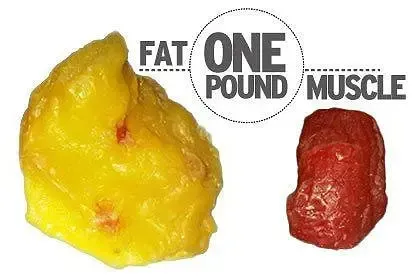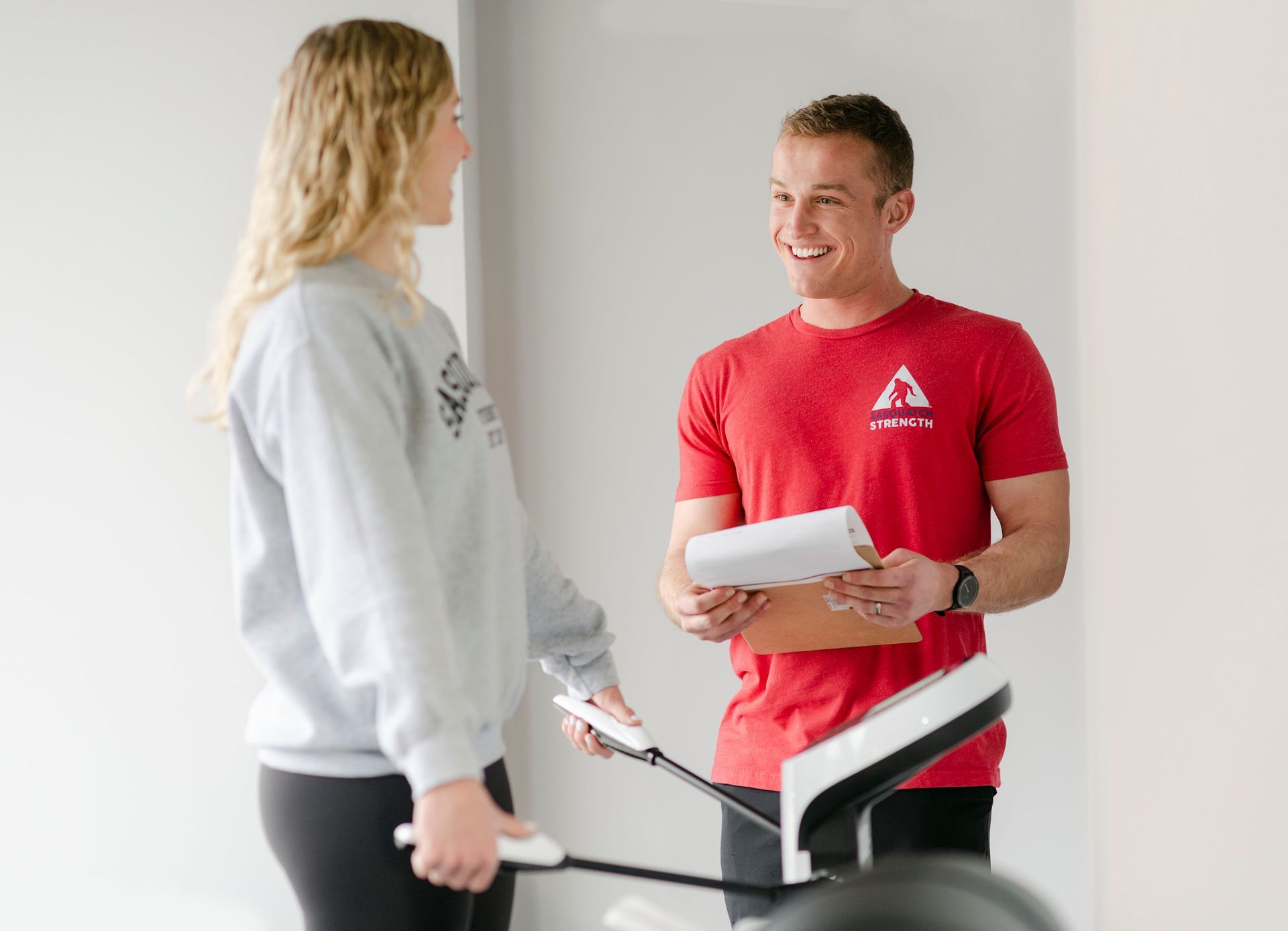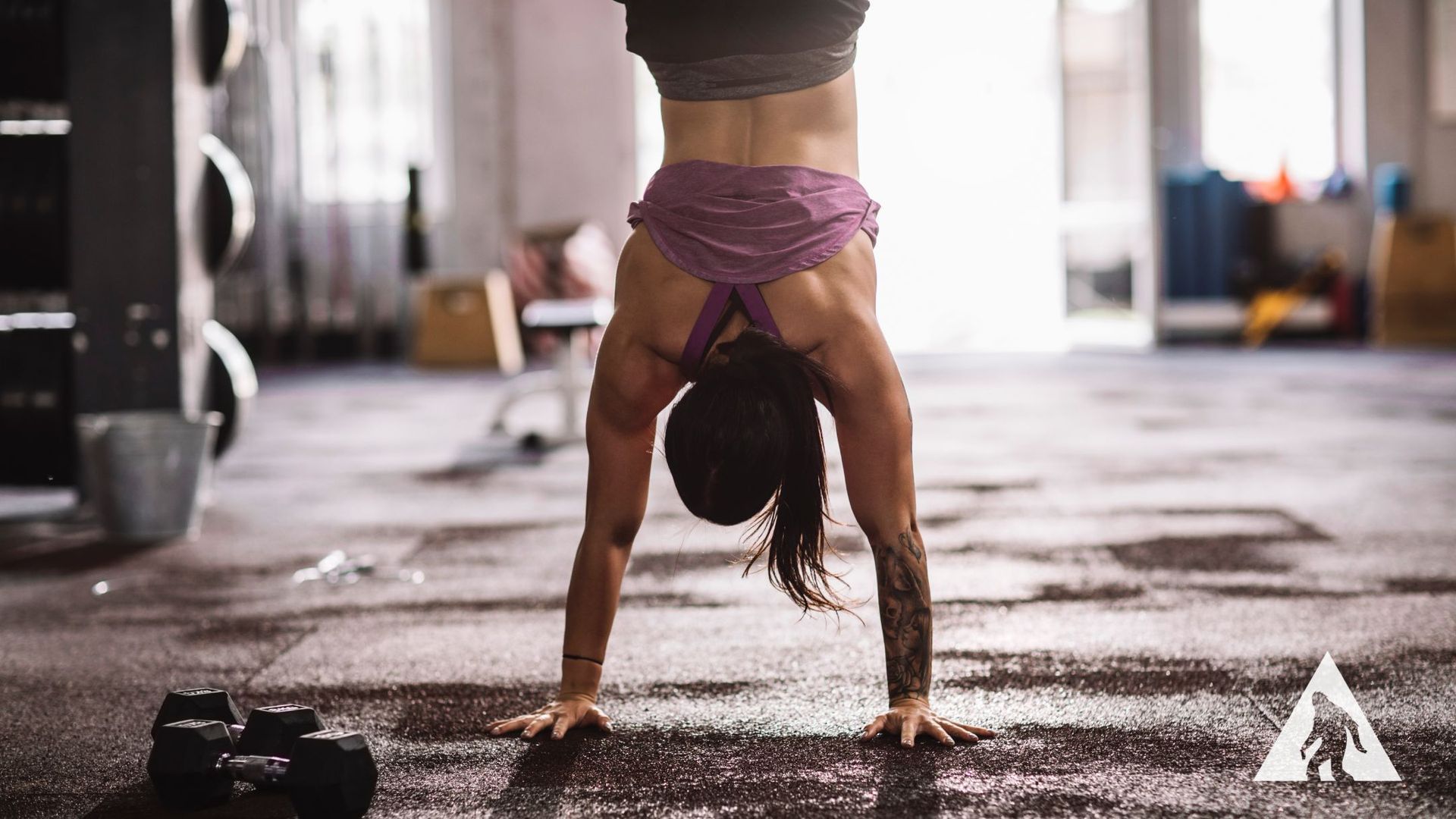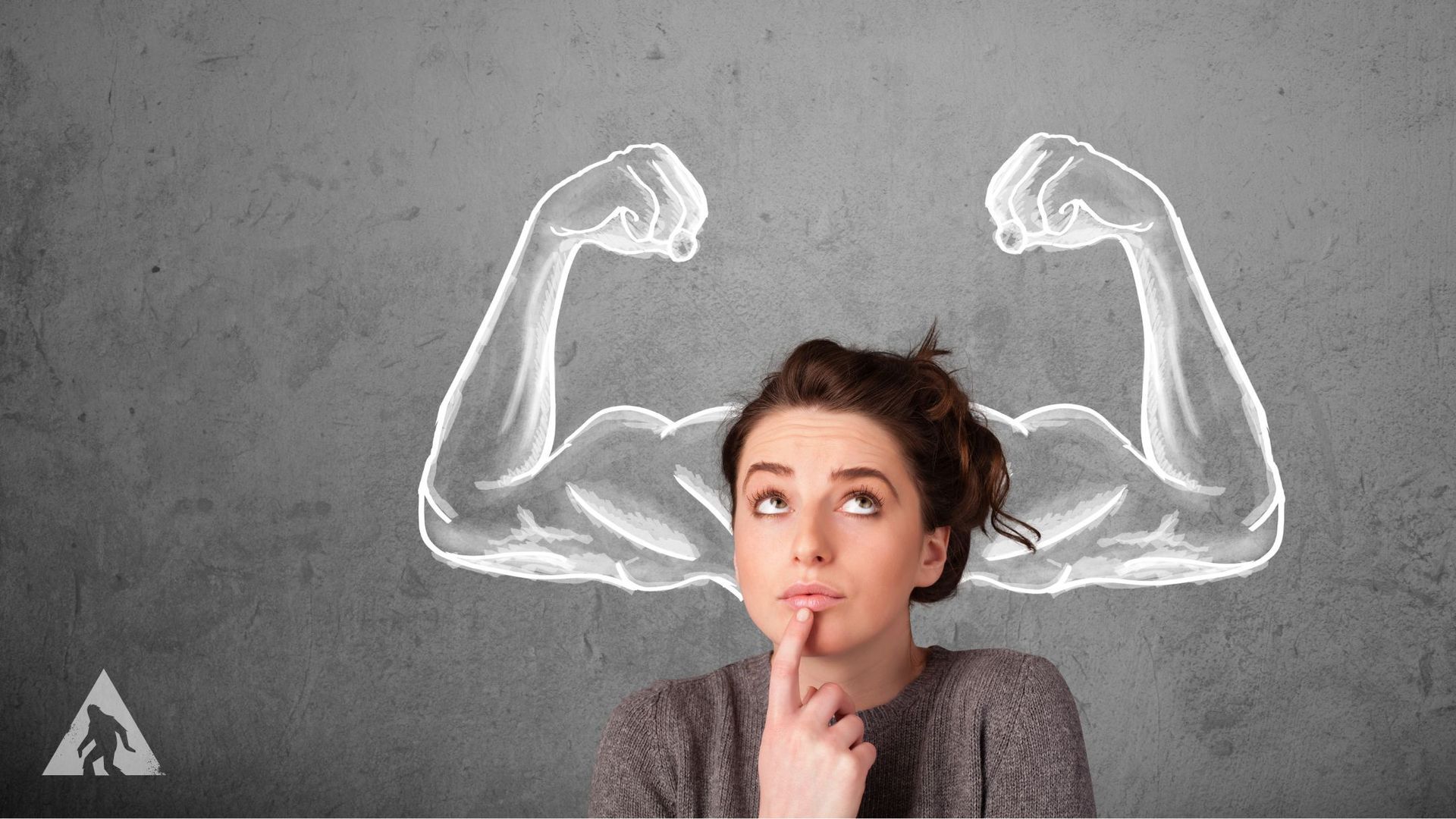
Why Lifting Weights Is for Everyone
Will lifting weights make you look bulky?
Short answer:
No.
Long answer: Also, No.
Gaining significant muscle mass is hard. The athletes and bodybuilders you see with large muscles have put a lot of time, energy, and specific training into developing those muscles. Have you seen The Rock’s workout/eating routines??? Weight training for strength and general fitness is not going to have those kinds of results.
What WILL happen when you use weights in your fitness training?
- You’ll feel stronger and be able to do more physical activities than before.
- You’ll probably feel your muscles get firmer.
- You might see some changes in the shape of your body as those muscles get firmer. But those changes usually are a tightening and lifting effect, NOT a bulking effect.
Weight training in general fitness workouts is looking to generate strength gains not muscle size gains. Increasing muscle size significantly takes very focused and specific training. Strength gains, however, can, and usually do, occur without a significant increase in muscle size. So, unless you’re going to start eating and training like a body builder, you don’t need to worry about training with weights making you “bulky”.
Lifting weights has also has many benefits beyond anything related to appearance. Here’s five things strength training with weights can do for you:
- Improve Bone Health: Strength training places stress on your bones, which stimulates bone remodeling and increases bone density. This is especially beneficial for preventing osteoporosis and reducing the risk of fractures as you age.
- Enhance Metabolism: Building lean muscle mass through strength training can raise your resting metabolic rate (RMR). Muscle tissue burns more calories at rest than fat tissue, which can aid in weight management and improved energy expenditure.
- Better Joint Health: Proper strength training can help stabilize and strengthen the muscles around your joints. This added support can reduce the risk of joint injuries and improve joint function, particularly in areas like the knees and shoulders.
- Enhanced Functional Fitness: Strength training improves functional strength, making it easier to perform everyday activities like lifting groceries, carrying children, and climbing stairs. This can lead to greater independence and improved quality of life, especially as you age.
- Mental Health Benefits: Regular strength training has been shown to reduce symptoms of depression and anxiety, enhance mood, and improve overall psychological well-being. Exercise releases endorphins, which can have a positive impact on your mental health.
Lifting weights offers a wide range of health benefits. It can help you build a stronger, healthier body, improve your physical capabilities, and enhance your overall quality of life. These benefits make strength training a valuable component of a well-rounded fitness routine.
